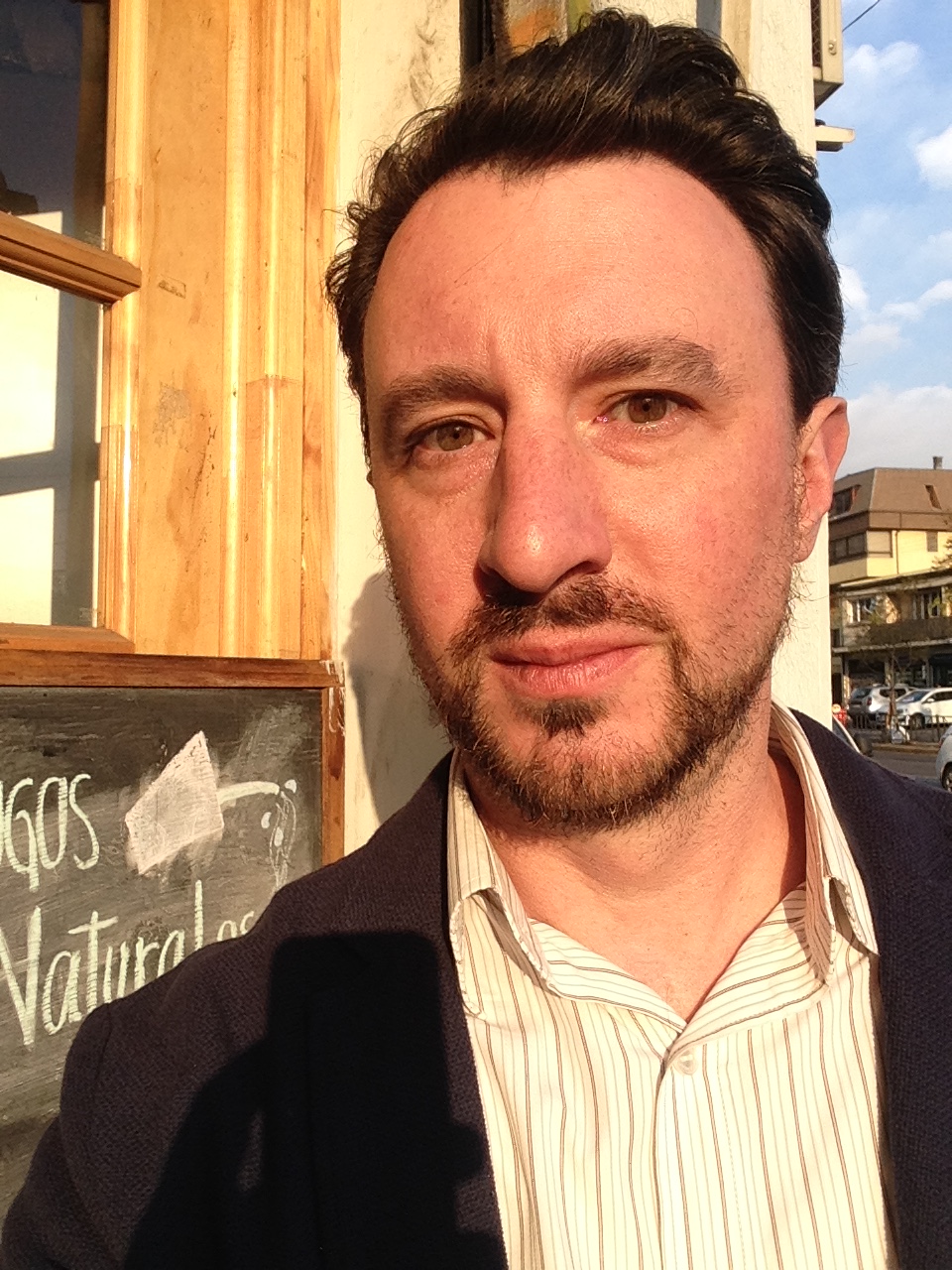Norwegian instrumentation firm Nortek says using Doppler technology to monitor aquaculture conditions could help Chilean farms make more informed decisions based on data, thus helping to close the efficiency gap compared to farms in the country’s Scandinavian home country.
In a statement, Nortek said Doppler technology has already been successfully used to ensure better safety and efficiency at Chile’s ports. Switching to a full Doppler monitoring solution for fisheries would help cut costs for the Chilean industry, improve efficiency and make it more competitive.
According to Christian Haag, the managing director of oceanographic service provider Mariscope, Ingeneria, Nortek’s representative for Chile, employing such technology would help Chile move towards a new management style. Currently many aquaculture firms in Chile rely heavily on spot measurements, cutting into their ability to perform more detailed analysis with real-time, reliable data. Many times guesswork comes into play.
This is a contrast to how the business works in Norway, and is reflected in efficiency levels seen in the two producers. According to the statement, part of this is due to Chile’s widespread use of top-of-the-range technology. In Norway, on the other hand, many fish farmers have installed permanent measurement systems that supply constant, real-time data, thus improving the decision-making process.
In recent years, Chile’s salmon-farming industry has grown astronomically, so that it is now on par volume-wise with Norway, the world’s largest salmon farmer. In 2016, Chile produced about 1.4 million metric tons (MT) of farmed salmon, compared to 1.5 million MT produced by Norway. But Nortek believes that there is still significant potential to improve Chilean operations by increasing efficiency and profitability.
Measuring waves and currents helps to calculate the most effective location for the cages´ moorings, to determine cage sizes, and to position of floating barges. It also allows fish farmers to save on fish fodder.
Haag said his firm performed a study of Chilean conditions, and that Doppler technology and real-time data could reduce food loss by up to 20 percent, representing a significant cost savings for Chilean fish farmers. The executive said that the 100 Aquaculture Stewardship Council-certified fish farm sites in Chile would “instantly become more efficient” by adopting the Nortek AOS system, in combination with current profilers.
In Norway, Nortek has already supplied around 200 AOS systems to farming sites. The system complies and tracks data on oxygen, salinity, and temperature. It also tracks currents and wave data from any coastal location.
Farmed salmon from Chile is sold all over the world, and its top importers include the United States, Japan, Russia, and Brazil. Chile’s annual salmon sales top USD 3.5 billion (EUR 3.1 billion), and salmon farming in Chile employs around 70,000 people.






